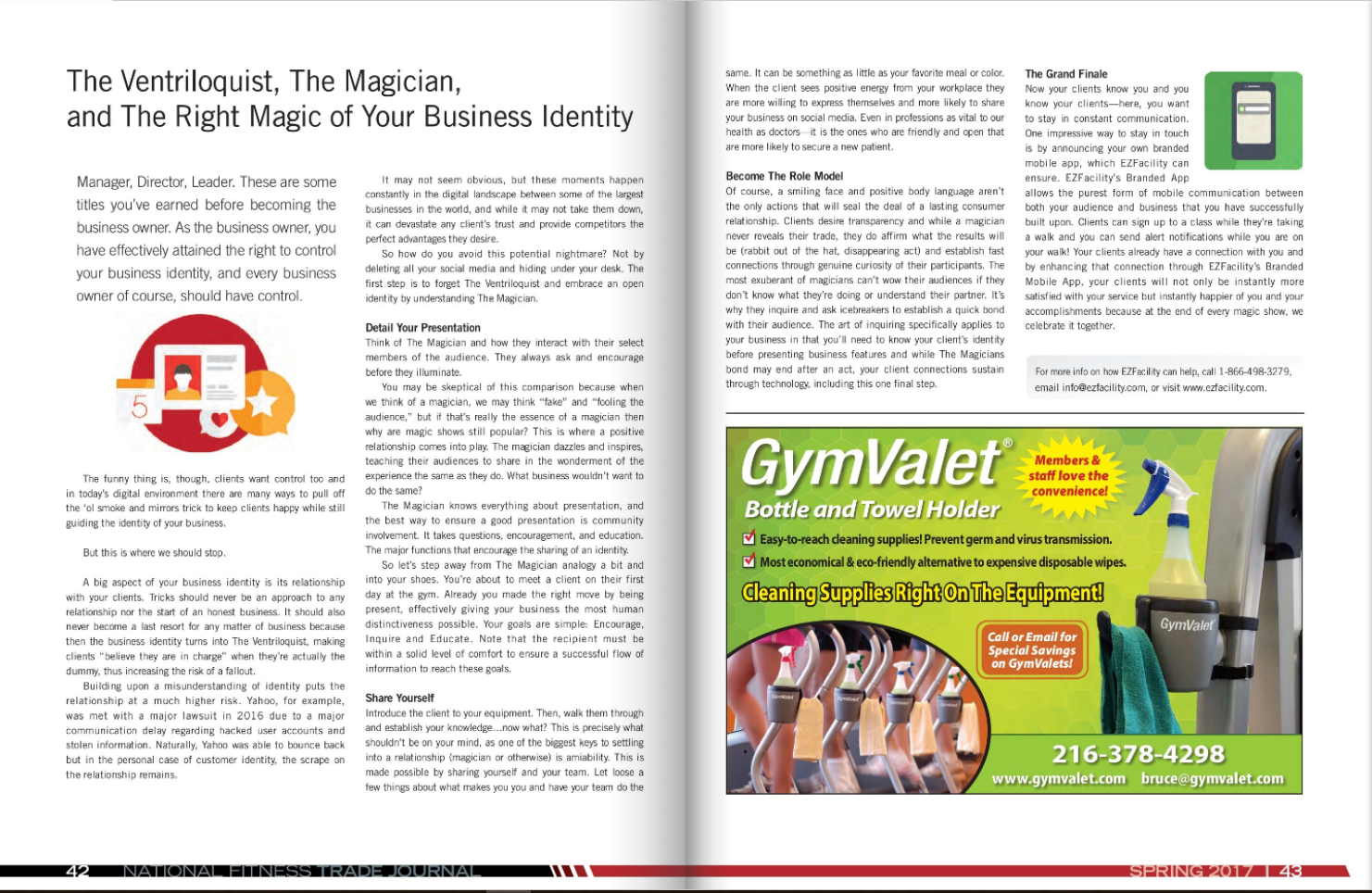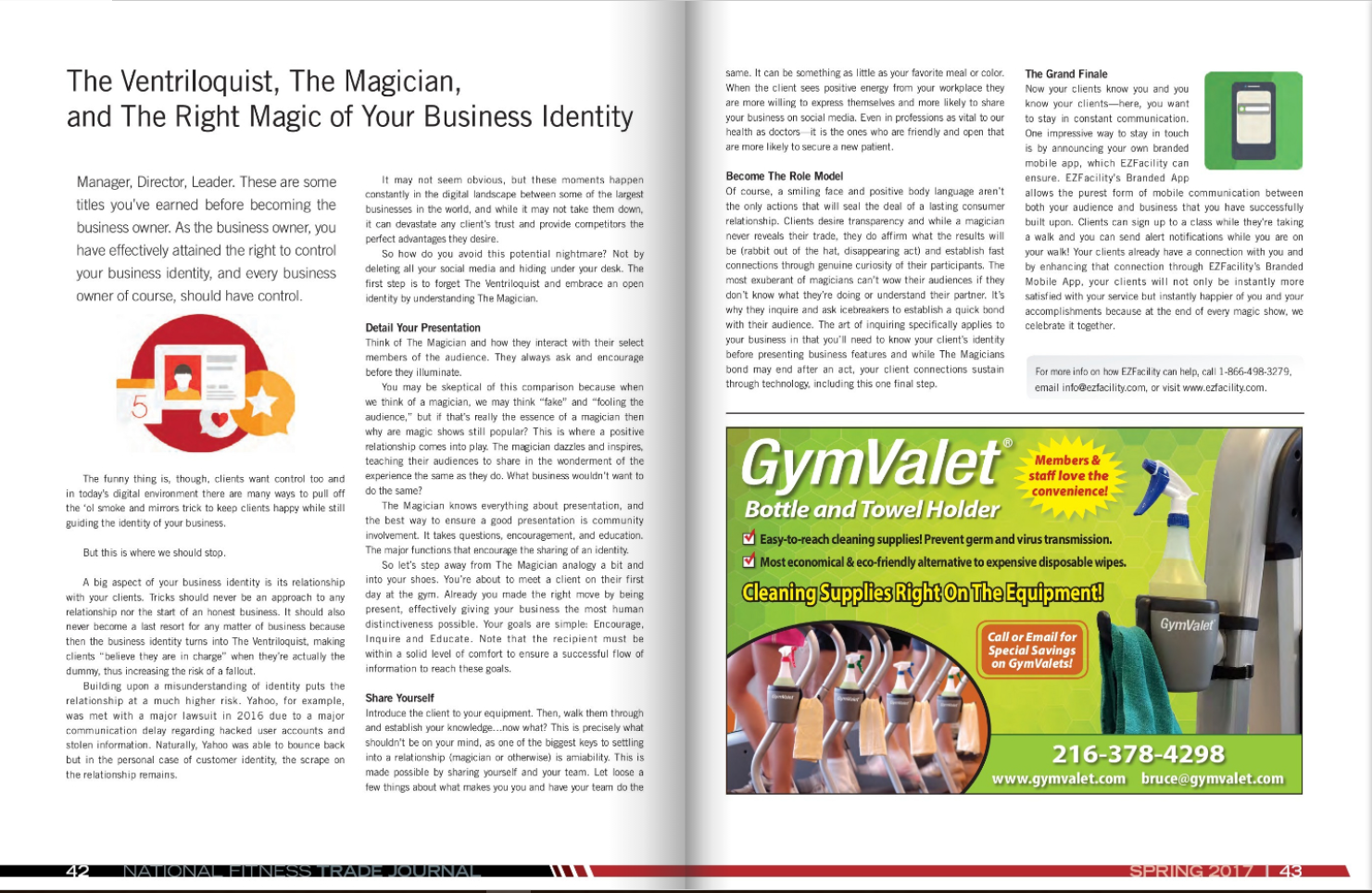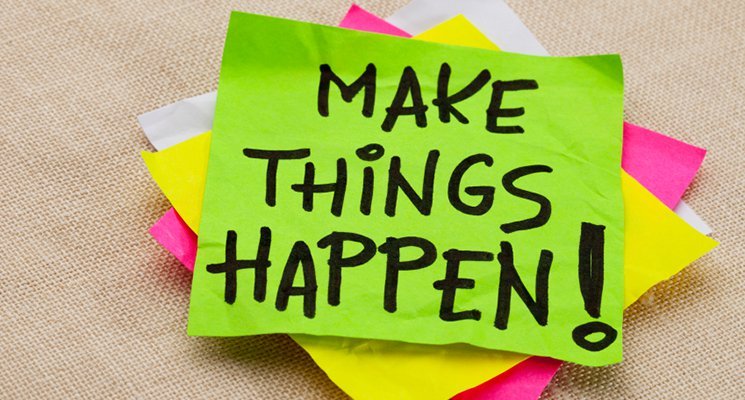You’ve been there, walking in a world that’s basically the inside of an oven. And when the world is an oven, just about every place that’s cool is a refreshing break from the heat. With that in mind, turning your facility into a place to escape the heat can bring in a bit of summer profit.
So…how? Remember the second step in our Blog 5 Ways To Overcome Gym Membership Retention Challenges? That’s right, incentives and rewards. The simple act of giving a small gift can do member retention wonders and we’re going to revisit that idea but this time, under the lens of a summer season perspective.
Advertise your water
Water. Water. Water. It’s important more than ever to stay hydrated in the summer but still, we can often forget that. We go on trips without a beverage and we feel it just about everywhere in our body. When you’re craving water, you need it, now. If I was thirsty while walking in the summer heat, I’d run to the nearest water fountain or bottled water provider. In the season of scorching heat, a nice sign outside your center advertising water could very well drive some local joggers into your facility. Heck, you could do a free water period for members to encourage and reward your clients.
Summer Merch Sales
When summer is around, having an extra pair of everything is almost a necessity for anyone. There are two great experiments to try if you have merchandise to sell at your facility. The first is the opportunity for a sale on winter and fall items and the second is a tactic to increase audience engagement. The summer sale on winter merch is self-explanatory. Select which out of season products you wish to discount with the intent of retaining clients for the colder seasons now that they’ve bought workout clothes with your business on it as a reminder. There are endless approaches to a sale of course. You could even go a step further and attach discounted memberships for the fall/winter seasons if clients spend a select amount on your merchandise. Now the step to increasing audience engagement would be to make the summer sale accessible to members who sign up for a particular class or new members.
Free Giveaways Through Engagement
When it’s free, it’s got someone’s attention. Let’s say you have 100 t-shirts you’d like to get rid of. Put up a sign saying you’ll give them out for free to the first 100 people on a Monday. If they’re a member add a discount to upcoming classes along with the shirt. If they’re new, ask for their contact info in exchange for the free shirt . But let’s say only 50 people entered your facility on Monday so you still have 50 shirts left. Repeat your giveaway strategy to Tuesday, Wednesday and Thursday but limit your supply of shirts to 10 each day. It is now Friday and you have 20 shirts left so you decide to raffle 10 to the your members and 10 to new members who previously gave their contact info. By the end of the week, you have no more t-shirts and a handful of leads to reach out to during the colder seasons.
Introduce an R&R Space
When your work out you’re not just thirsty. You’re hungry and tired and not every facility is going to have a café running inside it or a place to lounge for a few minutes. (If your facility does happen to have a café inside, share on social media #EZDoesIt and we’ll share it on our Twitter and Facebook pages!) However, the presence of a separate station for food and drink can boost the interest level among clients. If there’s no room in your facility to make a rest stop, advertise your facility as a delivery friendly location. (Sounds like the perfect time to team up with some of your local eateries near your facility!) Build a connection going and turn your spot into a place people go to workout and relax. When summer arrives, it can be quick—so there’s no time to lose! Be the first fit summer oasis spot in your town! Be the first fit summer oasis spot in your town! Check out more information about our sports facility management software.












